 Rolls-Royce tread on unfamiliar terrain with the experimental 102EX. Is it just a gimmick or will it really change the way we perceive electric cars? We try to find out
Rolls-Royce tread on unfamiliar terrain with the experimental 102EX. Is it just a gimmick or will it really change the way we perceive electric cars? We try to find out
Story: Saeed Akhtar
When a company as hallowed as Rolls-Royce decides to create an EV prototype, one may reasonably rest assured that the electric car has arrived. According to CEO Torsten Müller-Ötvös, who unveiled the 102EX at the Geneva Motor Show this year, this machine was created to help the company “[seek] clarity on which technology may be suitable to drive Rolls-Royce motor-cars of the future”. And, yes, Sir Frederick Henry Royce, co-founder of Rolls-Royce, was an electrical engineer himself. History does really repeat itself.
The 102EX, also known as the Phantom Experimental Electric, will not go into production. Not now, not ever, but will tour Europe, Asia, the Americas and the Middle East for the better part of this year as a test bed for electric Rolls of the future. It’s only fair, because no one can be sure if Rolls’ usual customer base of millionaires and jet-setters care a hoot about an electric Phantom.
 Outwardly, the 102EX retains all the trappings of luxury associated with Rolls since the advent of internal combustion engines. The big change is under the bonnet, where the traditional 6.5-litre V8 engine and six-speed automatic tranny have been scooped out. In their place sits a 71 kWh battery pack consisting of 96 cells arranged to resemble the original components’ layout and configuration. As befits a car of Rolls-Royce’s stature, it is the biggest battery ever fitted to an electric passenger car. The battery is paired with a pair of electric motors (fitted above the rear differential) putting out 145 kilowatts each. Also significant is the inductive charging technology used here, wherein an actual plug has been discarded in favour of a charging mat on the ground and an inductive mat on the underside of the vehicle that recharges the battery without a wire.
Outwardly, the 102EX retains all the trappings of luxury associated with Rolls since the advent of internal combustion engines. The big change is under the bonnet, where the traditional 6.5-litre V8 engine and six-speed automatic tranny have been scooped out. In their place sits a 71 kWh battery pack consisting of 96 cells arranged to resemble the original components’ layout and configuration. As befits a car of Rolls-Royce’s stature, it is the biggest battery ever fitted to an electric passenger car. The battery is paired with a pair of electric motors (fitted above the rear differential) putting out 145 kilowatts each. Also significant is the inductive charging technology used here, wherein an actual plug has been discarded in favour of a charging mat on the ground and an inductive mat on the underside of the vehicle that recharges the battery without a wire.
This set-up is good enough to propel the 2.72-ton behemoth to 96 km/h in less than eight seconds (as claimed in the official press release) with an electronically limited top speed of 160 km/h. As of now, recharging takes approximately 20 hours on a standard UK domestic line, which is a little too long – even considering the size and power of the batteries underneath. Rolls-Royce know it too and so they have also thoughtfully included a three-phase system and an experimental wireless induction charging system, both of which are capable of a full recharge in less than eight hours. They also claim that the 102EX will travel 200 kilometres on a single charge.
Moving inside, there are some subtle changes that indicates the car’s EV leanings. The famous power-reserve indicator has been redesigned to show overrun recharging while the fuel gauge has given way to a battery charge indicator. Supplementing them is a display in the centre console hatch that now incorporates a recharging meter.
Rolls-Royce cars have always had a reputation for being eerily quiet, but early test drives by a select few foreign journalists reveal that the 102EX pushes the envelopes of quietness even further. The only noise – if we can call it that in what is, after all, a Phantom with an electric engine – is from those massive 21-inch wheels, shod with 255/50 and 285/45 Goodyears at the front and rear respectively.
The 102EX is just one arrow in Rolls-Royce’s quiver; it is more of a feasibility research project into electric propulsion while other alternatives are being mulled. Parent company BMW already has an active hydrogen research programme using the V12 engine, but the battery-electric car could be made a great deal more practical with the addition of a range-extender motor. With arch-rival Bentley looking at diesel and hybrid power, Rolls-Royce will need to make some decisions about their future direction soon.
The 71 kWh battery pack upfront provides motive power to a pair of electric motors fitted above the rear differential, each one good enough for 145 kilowatts




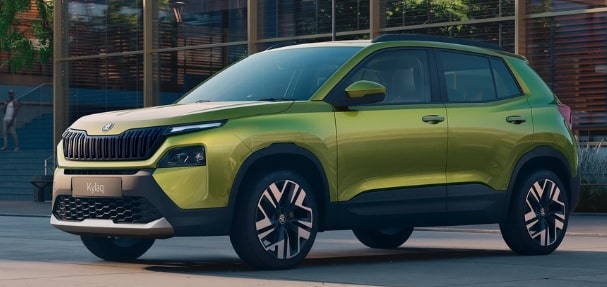

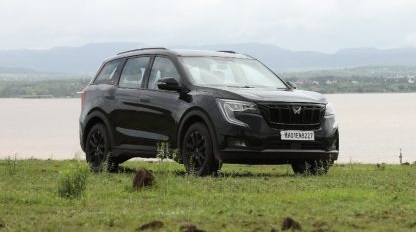


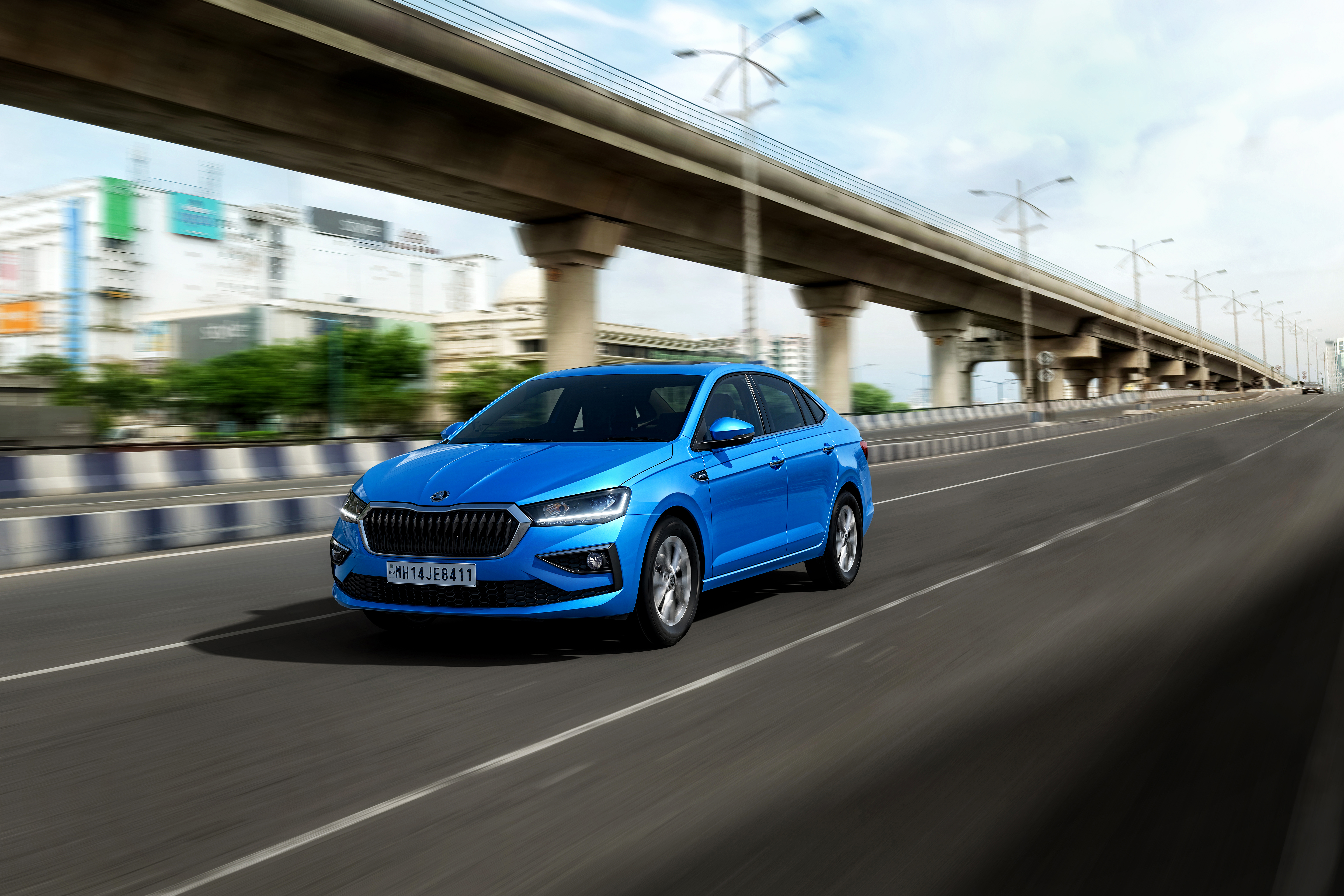
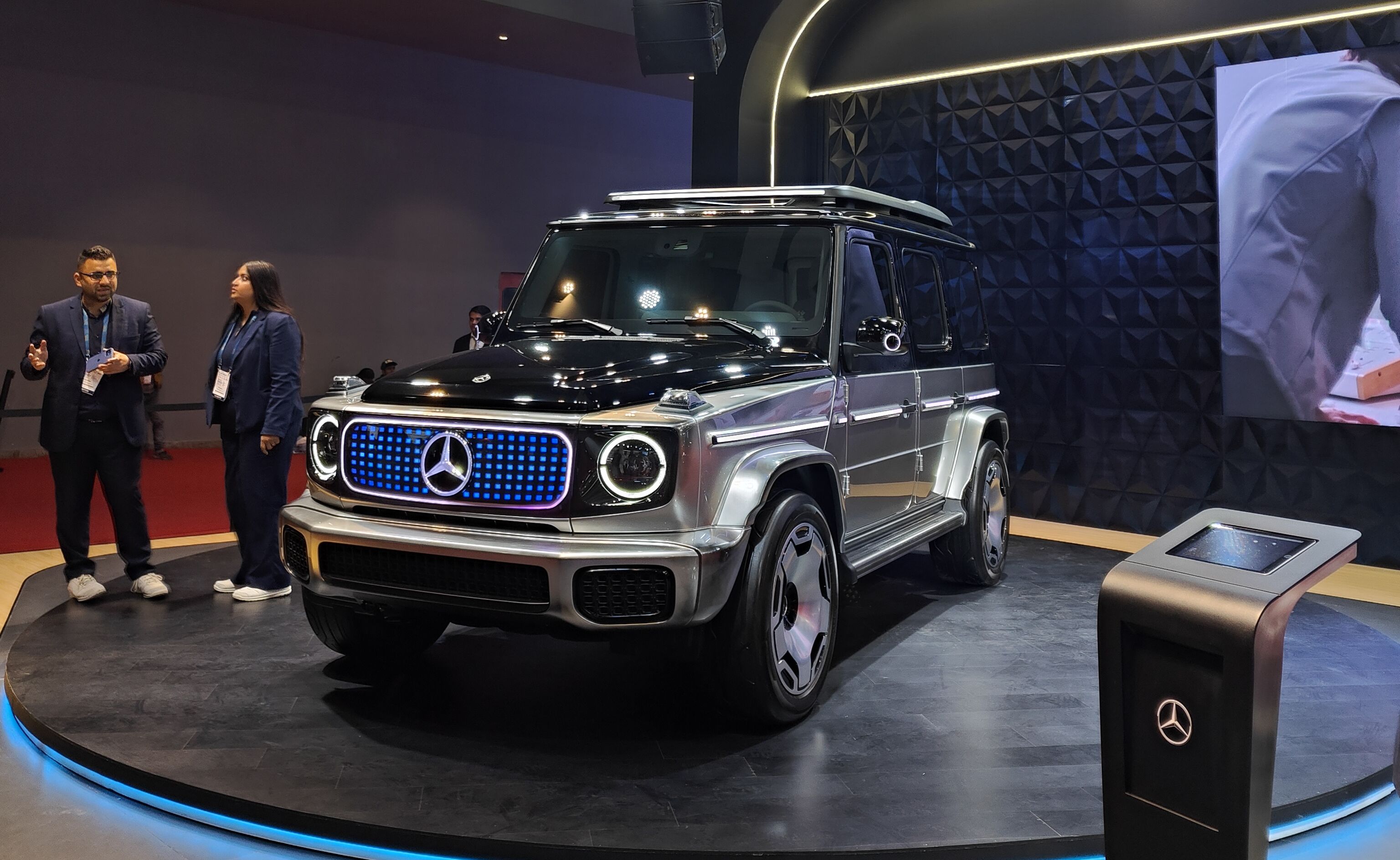

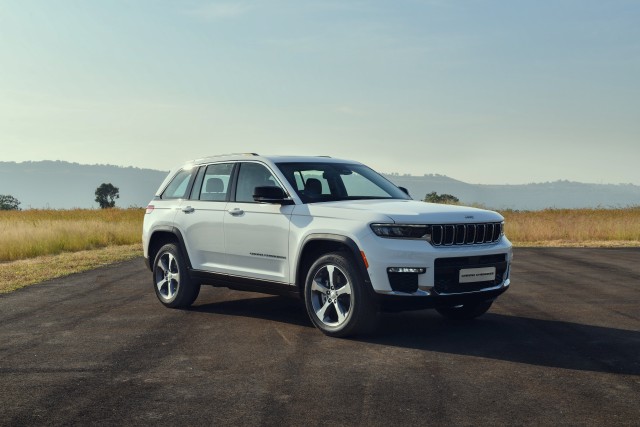
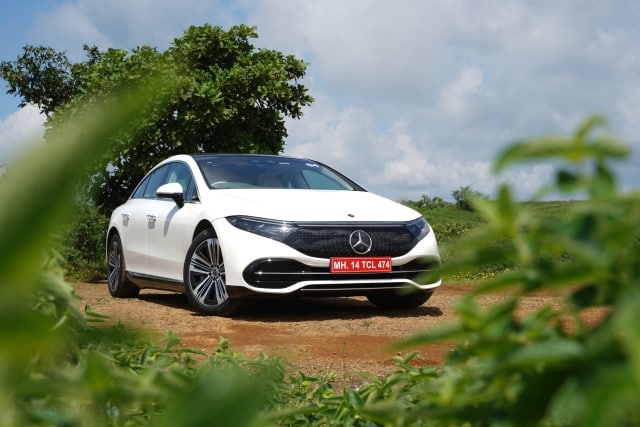
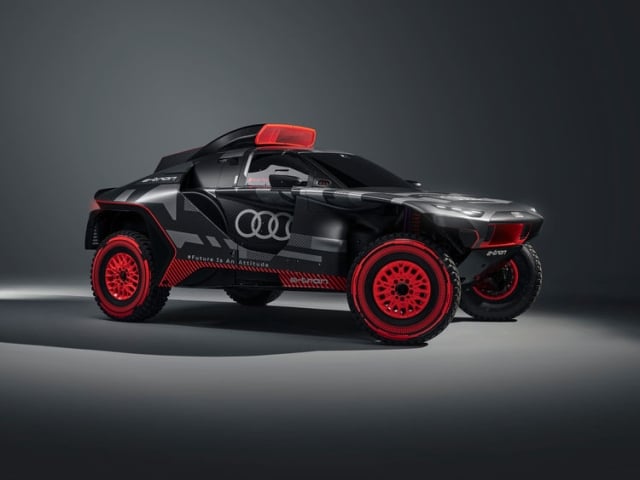
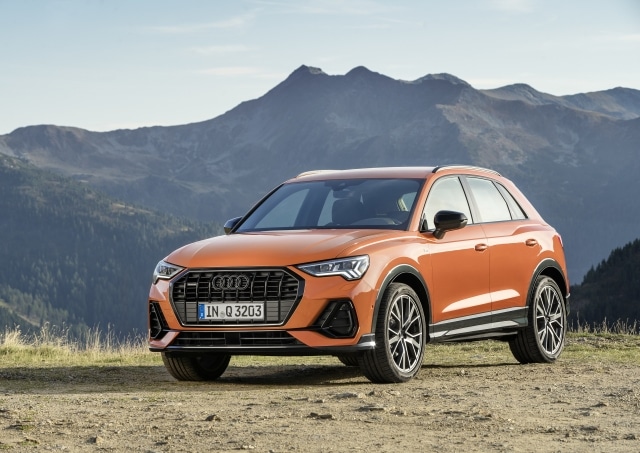




Leave a Reply